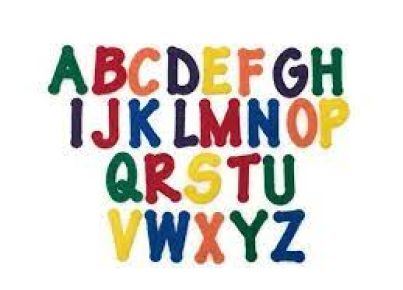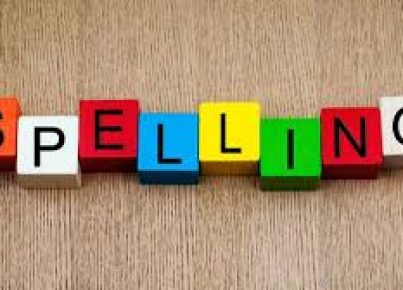Procedural writing is an essential component of a student’s education. It focuses on teaching students how to articulate step-by-step instructions and processes clearly and concisely. Teachers who are looking to engage their students in procedural writing will benefit from these five creative lesson plans that students will love.
1. Baking an Imaginary Treat
For this activity, students will imagine they are creating their own unique dessert, and they must write detailed instructions on how to bake it. Start by having the students brainstorm ingredients and the overall appearance of their treat. They should then write a step-by-step recipe for preparing their dessert, including mixing the ingredients, baking time, and any additional steps needed for decoration.
2. Staging a Play
Have students write a play script using procedural language to show how characters move through a scene. For example, have them detail what each character should be doing at every point in the scene – where they must stand, how they should interact with other characters or props, and the sequence of events that unfold through dialogue and stage directions.
3. Creating a Board Game
Challenge your students to invent their own board game. Using procedural writing techniques, they will create rules that dictate game play, including set-up instructions, turn-taking procedures, winning conditions, and any additional rules they deem necessary for an engaging experience. Once complete, have the class play the games while following the written instructions.
4. Crafting DIY Tutorials
In this lesson plan, students can choose a simple DIY project or craft idea (with limitations on materials) and create a tutorial guide explaining how others can recreate it step by step. Ideas could include fun decorative elements like handmade greeting cards or printable stationery designs; science experiments; or even fashion accessories like scarves or bracelets.
5. Navigating a Treasure Hunt
Organize a treasure hunt in your classroom or school grounds. Students will create procedural maps and clues for their classmates to follow. They will need to be precise in explaining each step of the journey, including the starting point, distances, directions, landmarks, and any other relevant information that leads participants to the hidden treasure. Once completed, swap the sets of instructions between teams so that each group can follow their peers’ guidelines and find the treasure.
Conclusion
These five engaging procedural writing lesson plans are designed to help students learn how to communicate instructions and processes effectively. By incorporating elements like creativity, problem-solving and collaboration, these lessons can easily be adapted for various age groups and cater to different abilities. Enjoy watching your students thrive as they master the art of procedural writing.




